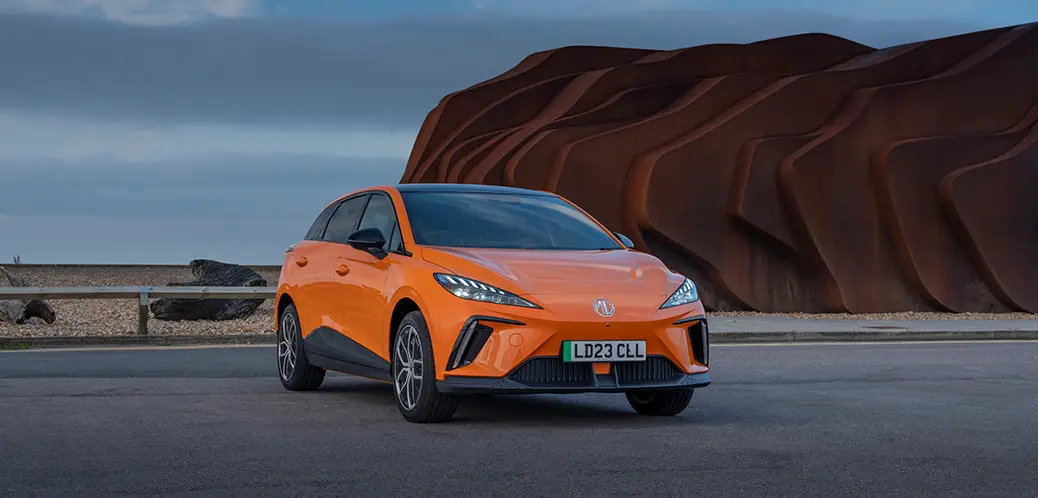- Simpler car tax system proposed, based on vehicle weight and miles travelled
- Would apply the ‘polluter pays’ principle
- Switching to 150 kg lighter car or driving 1,000 fewer miles will save £100 a year
- Experts call current VED system ‘a mish-mash of incentives and penalties’
Cars should be taxed on a combination of weight and mileage, according to a radical new study from emissions experts Nick Molden and Felix Leach.

Molden, who is the CEO of emissions testing company, Emissions Analytics, and Leach, Associate Professor of Engineering Science at the University of Oxford, will be launching their new book: Critical Mass: The One Thing You Need to Know About Green Cars at Keble College, Oxford, on November 25th and Imperial College, London, on December 2nd. The events will outline proposals for a simpler, more environmentally-credible road tax system.
The launch of the book will be hosted by Chief Executive of the RAC Foundation and former Director General at the Department for Transport, Steve Gooding, and Professor Gautam Kalghatgi, until recently Visiting Professor at the University of Oxford.
The book outlines in brutal clarity that the current system for Vehicle Excise Duty (VED) is flawed, even calling it a ‘mishmash of incentives and penalties’.
The result is a powerful evidence-based thinking that has the basis to overcome bitter factional disputes between different groups trying to promote one powertrain over another. Former Secretary of State for the Environment and Deputy Prime Minister, Michael Heseltine, said: “I welcome this contribution to the most important challenge of our time.”
It is a timely release. Next year the so called ‘road tax’ will undergo a major overhaul and it will include Electric Vehicles (EVs) that are currently exempt from VED.
Starting April 1st, 2025, EVs will lose their VED exemption, however. That means buyers of new EVs will have to pay the next lowest first-year tax rate, which currently stands at £10. Once an EV hits its second year on the road, owners will be required to pay the standard VED rate, which is currently £190 and is expected to increase with inflation from April 2025.
The new legislation will also hit buyers of EVs costing over £40k with additional tax and used EV buyers and hybrid buyers will also have to pay more.
But Molden and Leach say there is a solution that is not only better for the environment, but simpler to administer and much easier to understand.
Molden explained: “Taxing a car on a combination of its weight and mileage offers a simple, potentially universal approach to pricing-in the environmental impact of cars while at the same time overcoming the objections to the current mish-mash of incentives and penalties.
“In our book, we offer an intuitive ‘proof’ of why mass and distance are fundamental to designing a system to incentivise the purchase of ever-greener cars and this is contrasted with other flawed bases for judging environmental impact, such as measures of vehicle efficiency, including energy and fuel efficiency, as well as elements incorporated in the current system such as fuel type and laboratory carbon dioxide emissions.”
The two experts outline ways in which the system can be adopted and show the types of cars likely to taxed lightly and those that will be more expensive to keep on the road. Broadly, smaller cars will be cheaper to tax.
Under Molden and Leach’s proposed system (taking the example of the UK) if an average car is 150 kg lighter or does 1,000 fewer miles, the owner would pay £100 less per year.

“Specific tax rates are proposed and compared to existing taxes to illustrate winners and losers – winners being small city cars and loser including high-mileage heavy cars and SUVs,” explained Leach. “The concept proposed is a reliable revenue-raiser at a time of widespread fiscal pressure and declining vehicle taxation. It could also be adopted rapidly and transitioning to it is easy.”
The idea of taxing a car on the basis of its weight and miles travelled, also translates easily for a car-buying public that has to negotiate confusing rates and inconsistencies, while car makers have increased the size and weight of their models with impunity.
Molden added that deploying a single measure of a car’s environmental credentials to guide purchases and government policy is the way forward, and the measure that takes account of approximately three-quarters of the environmental impact of a car is the car’s weight, and that metric correlates well with environmental damage.
Molden added: “Most people want to do the right thing environmentally when they are buying a car, but the information and choices are now too complex for any normal consumer to understand fully. The question was whether there is a simple, practical way to point the car buyer in the right environmental direction and allow governments to tax and subsidise the right things – and there is.”




